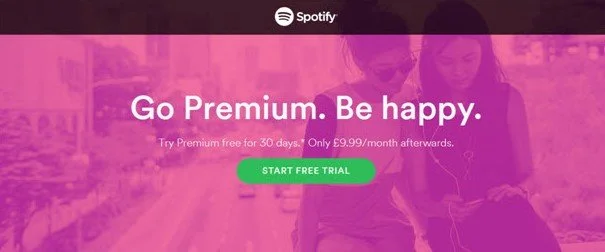Reciprocity bias
In response to friendly actions, people are frequently much nicer and much more cooperative than predicted.
What is the Reciprocity bias?
Reciprocity bias is the tendency for us to feel obligated to return favours or gifts, even if they were unsolicited. It's a social norm ingrained in behaviour.
The desire to reciprocate is so strong that it can even lead people to make decisions that are not in their best interest.
Here's how reciprocity bias works:
Positive reciprocity: When someone does something nice for us, we feel compelled to do something nice for them in return. This can range from small gestures like saying "thank you" to larger acts like giving gifts or doing favors.
Negative reciprocity: Conversely, if someone does something harmful to us, we may feel the urge to retaliate. This can lead to a cycle of negativity and conflict..
The evidence it works
The Behaviourial Insights Team (BIT) tested reciprocity-based content in job centre text reminders.
Specifically, they informed job seekers that the Job Advisor has done something specifically for them (i.e. booking them an appointment) and wishing them luck from a named individual.
Such an intervention was hugely successful, as it is based on the human tendency to reciprocate acts of goodwill.
Among the 1,224 text reminders sent, the addition of the reciprocity element increased attendance by +145%, from 11 to 27%.
How it builds brand memorability
One of the key drivers of brand memorability is ‘Ease’.
If you make your brand easy to access, deal with and buy from, you’re going to build strong, positive connections that lead to memorability.
At the point of purchase, or during the journey to purchase, customer’s decision-making can be made easier by leveraging behavioural biases. And METRIC is our tool for harnessing the power of these biases - snap judgements that help the brain make quick decisions in context - for clients.
METRIC organises the biases into six categories - because these are the key ‘resources’ we always have to spend when make decisions. They are Money, Effort, Time, Risk, Individuality, and Conscious thought. Which handily spells METRIC.
So presenting choices in one of these six frames can tip the balance in comms.
Great examples of Reciprocity bias in marketing
TOMS One for One initiative
It began with the brand donating a pair of their shoes to people in need every time a pair was bought. It was so successful that they expanded the initiative.
Every time a pair of their sunglasses is bought they help restore r improve someone’s sight. Every coffee purchase supports water systems, and they provide training for skilled birth attendants and materials for safe births with every bag purchase.
Who's using it now?
Spotify provides a 30-day free trial for their Premium membership, which can be cancelled at any time at no cost. This makes it hard for people to stop the payment when the free trial ends, especially when it only costs £9.99/month.
Ready to transform your brand into a customer magnet?
We apply the power of behavioural science to create brand strategies, designs, campaigns, and experiences that captivate and convert.
That means we ignite business alignment, drive healthier brand metrics, boost your margins, and create smiles all around.
Get in touch to start your journey toward unstoppable brand growth.



